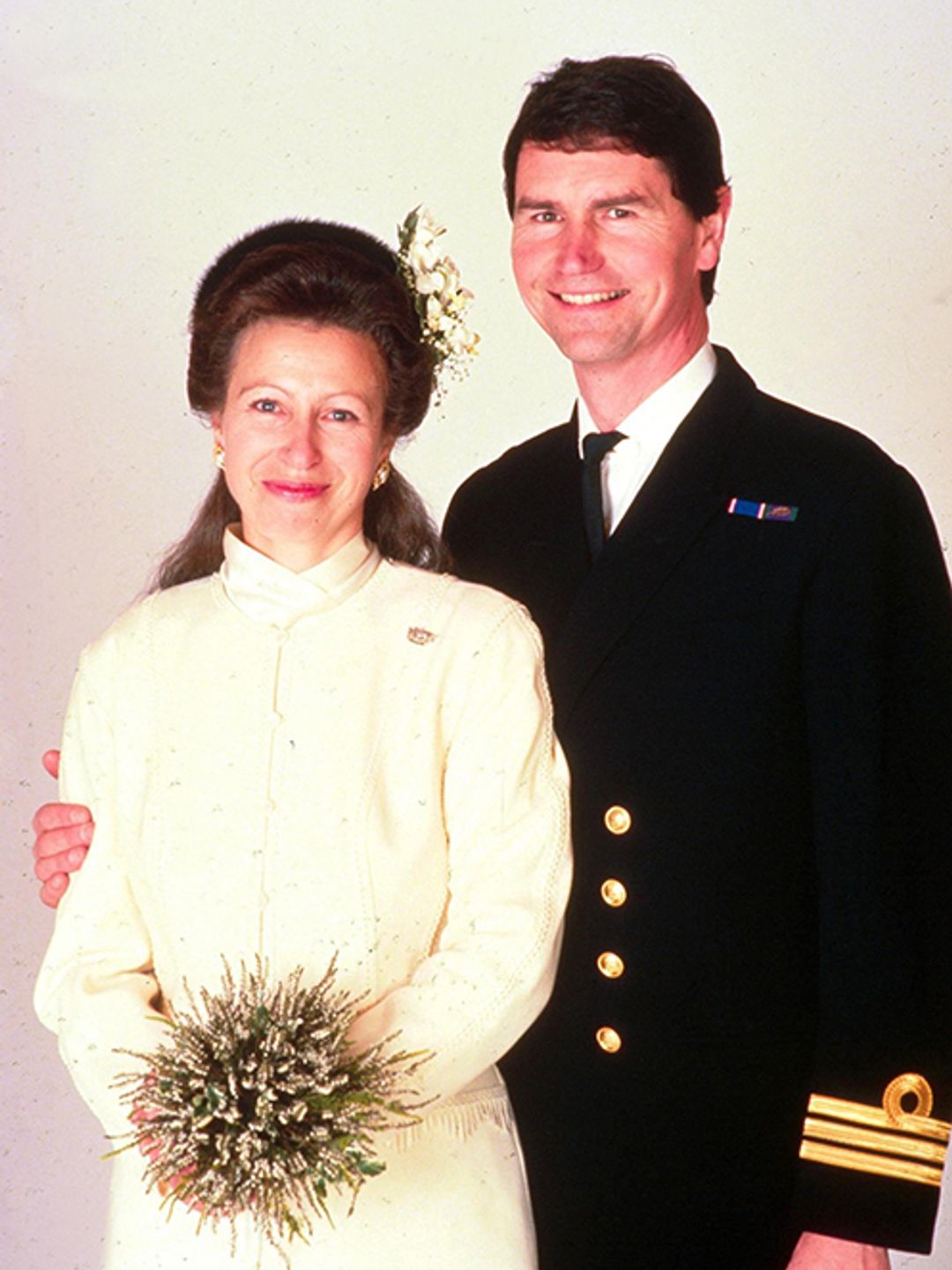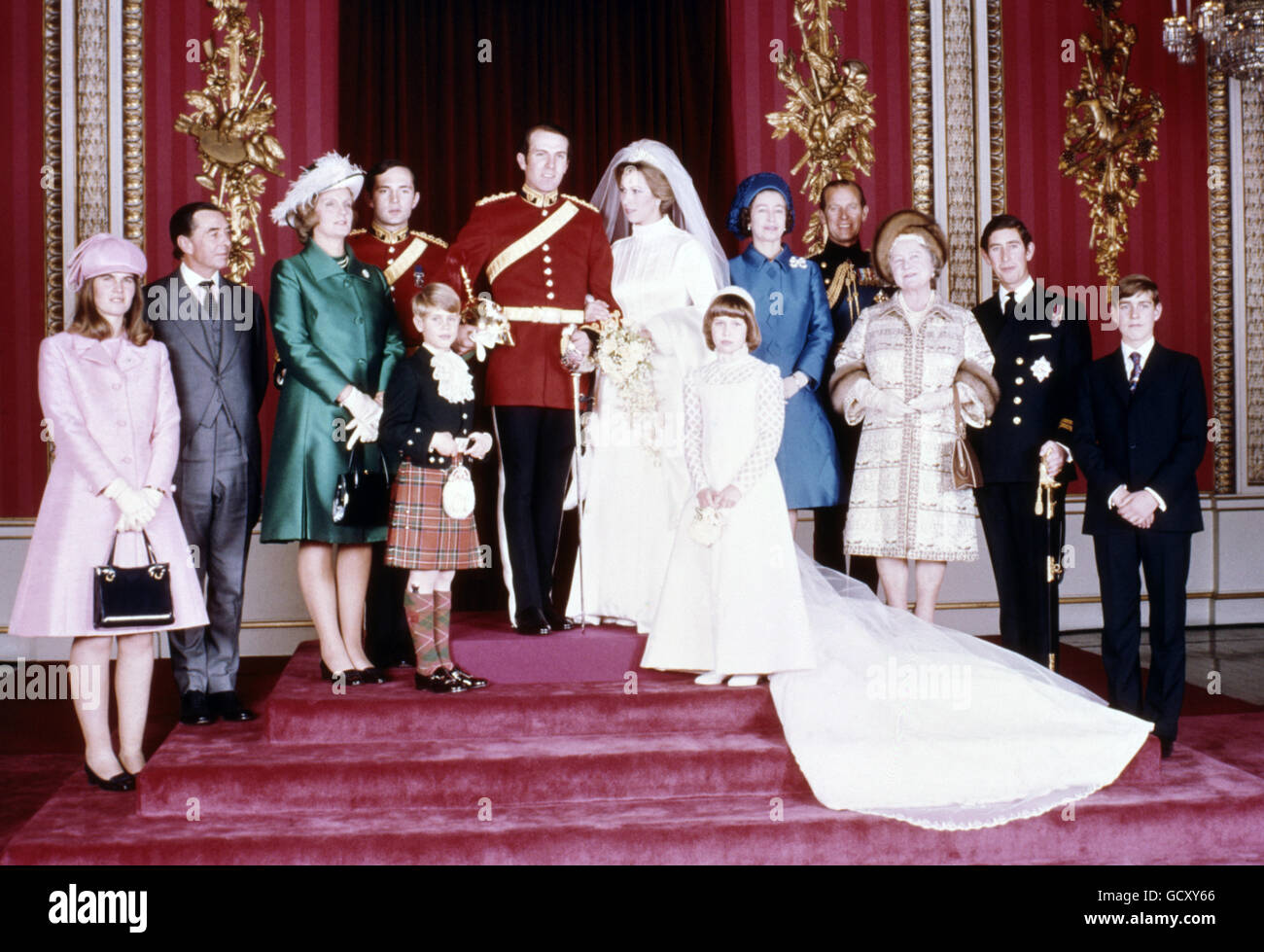Royals in Shock: Catherine’s Bold Cape Gown and the Legacy of Fashion as Power

When Princess Catherine stepped onto the red carpet at the London premiere in a daring low-cut cape gown with beaded shoulders and slit sleeves, the cameras didn’t just flash — the monarchy itself seemed to shimmer.
Catherine has made cape-inspired fashion more than a trend. For her, the cape is not simply a garment; it is a statement. Draped across her shoulders, it conveys strength, ceremony, and symbolism. With every appearance, the Princess of Wales uses fashion not as ornament, but as language — a visual dialect that bridges diplomacy, family legacy, and modern relevance.
The Early Cape Moments
Catherine’s affinity for the cape silhouette began in 2018, when she attended a state dinner in Norway. Her blush Alexander McQueen gown, crowned with a crystal-studded silk cape, signaled her transition from supportive spouse to diplomatic figure. It was more than elegance; it was a gesture of respect toward her hosts and a subtle declaration of confidence in her growing role.
By 2019, her lavender Mulberry cape coat in Northern Ireland showed another dimension: practicality. Weather-appropriate yet stylish, it demonstrated how a royal wardrobe could embody approachability while upholding dignity.
Red Carpet Royalty
In 2021, Catherine stunned global audiences at the James Bond No Time to Die premiere. Jenny Packham’s gold sequined gown with a flowing cape was pure cinematic glamour. But for Catherine, it was also political — a nod to Britain’s creative industries and soft power on the global stage.
Observers noted how seamlessly she transitioned from royal duties into a figure who could command the red carpet, blurring the line between monarchy and modern celebrity while retaining gravitas.
Diplomacy in Silk and Sequins
Her cape choices often intersect with statecraft. At the 2022 state banquet for South African President Cyril Ramaphosa, her white Jenny Packham gown with beaded shoulders reflected both bridal symbolism and regal purity. The gown said what speeches could not: that Catherine stood as a figure of continuity, grace, and diplomacy.
In 2023, she doubled down on bold choices. A crimson Catherine Walker cape coat at the welcome ceremony for South Korea’s president projected strength against the stark backdrop of Horse Guards Parade. Later, her teal Safiyaa gown at the Royal Variety Performance channeled vibrancy and creativity, mirroring the cultural exchanges she champions.
A Triumphant Return
Perhaps her most significant cape moment came in July 2025, after a period of health challenges. At Windsor Castle, hosting French President Emmanuel Macron, Catherine wore a burgundy Givenchy gown with a softly draped cape back. The look was deeply considered: velvet heels for gravitas, the Lover’s Knot Tiara to echo Diana’s legacy, and a clutch embroidered with lily of the valley — France’s symbol of luck.
It was not just fashion; it was a coded message. Catherine was back, strong, and radiant, projecting resilience not only for herself but for the monarchy.
Fashion as Monarchy’s New Language
Catherine’s cape gowns have become a signature of her evolution. Each choice reflects context: diplomacy, cultural patronage, or ceremonial gravitas. They are reminders that monarchy survives not only through speeches and ceremonies, but through images — images that linger in the public imagination, shaping perceptions across generations.
In the 21st century, where attention spans are fleeting and symbolism must be immediate, Catherine has mastered the art of saying everything without uttering a word.
A Legacy in Fabric
Her cape gowns echo history yet remain undeniably modern. They recall medieval royalty and superheroes alike, suggesting protection, vision, and power. And for Catherine, they also whisper of Diana — another woman whose style spoke louder than protocol.
Yet Catherine has gone further. She has turned fashion into strategy, making the cape her insignia. When she walks into a room enveloped in silk, sequins, or wool, she is not merely dressed. She is armoured — in grace, in symbolism, in the continuity of the Crown.
Conclusion: The Princess as Icon and Architect
Princess Catherine’s cape gowns are more than fabric. They are the architecture of her role as future queen. Each draped shoulder, each sparkling seam, carries the weight of monarchy adapting to a modern world.
Her daring London premiere gown is not just a headline-grabber. It is the latest chapter in a visual language that reassures the public, honors the past, and redefines the monarchy for the future.
If Diana was “the People’s Princess,” Catherine is shaping herself as “the Symbolic Princess” — a woman whose style is her message, and whose cape is more than couture. It is a crown in cloth.
👑 Princess Anne’s Scandalous Divorce: The Love Letters, the Illegitimate Child, and the Courage to Break Tradition


The British royal family has always lived under the relentless scrutiny of the press and the public eye. Every gesture, every word, and every relationship is magnified a hundred times over. Yet, among the royals, one figure has long stood out for her resilience, independence, and refusal to play by the usual script:
Her life may have seemed a fairy tale at first, but behind the palace walls unfolded a story of betrayal, scandal, and ultimately courage — a story that shattered centuries of royal precedent.
A Fairytale Beginning
Princess Anne married Captain Mark Phillips, an accomplished sportsman and fellow equestrian, in 1973. Their wedding was broadcast worldwide, celebrated as the union of a princess and a champion horseman.
The early years of their marriage brought joy. In 1977, they welcomed their first child, Peter Phillips, and four years later, their daughter Zara Phillips (now Zara Tindall). With their young family, the couple seemed to embody stability. Anne balanced her royal duties with motherhood, while Mark built his career in equestrian sports.
But the fairy tale would not last.
Cracks Behind Closed Doors
By the late 1980s, Anne and Mark’s relationship had begun to crumble. The long separations, pressures of public life, and fundamental differences took their toll. By 1989, the couple were living separately, their marriage surviving in name only.
Then came the scandal that rocked the monarchy.
The Love Letters Scandal
In 1989, a tabloid published a series of intimate love letters written by Timothy Laurence, a naval officer and Anne’s close confidant — who also happened to be one of the Queen’s equerries (personal assistants).
The letters, stolen and leaked, revealed Anne’s deeply personal feelings for Laurence. Though the press coverage was brutal, it exposed what many within palace circles already knew: Anne and Mark’s marriage was effectively over, and her heart belonged elsewhere.
After the letters were made public, Anne and Mark’s relationship became unbearable. Though they did not immediately divorce, their separation was now undeniable and permanent.
A Paternity Scandal Emerges
As if the letters weren’t enough, another bombshell soon hit the headlines. In 1991, a New Zealand art teacher,
The claim was controversial at first, but later DNA testing confirmed Mark’s paternity. This revelation was devastating, not only to Anne personally but also to the royal family’s carefully managed image.
For the British monarchy, already battered by whispers of Charles and Camilla’s affair and Sarah Ferguson’s scandals, this was another unwelcome storm.
Divorce at Last
By 1992, Anne had reached her limit. She filed for divorce, and on
It was a watershed moment in royal history. Anne became the first child of Queen Elizabeth II to divorce — breaking centuries of precedent in which royal marriages, no matter how loveless, were kept intact for appearance’s sake.
But Anne did not stop there. Later that same year, she married the man from those infamous letters: Timothy Laurence. Unlike her first wedding, Anne’s second marriage was far quieter, held at a modest ceremony in Scotland, away from the grandeur of Westminster Abbey or St. Paul’s Cathedral.
A Life Reclaimed
Though scandal followed her, Anne never allowed herself to be defined by it. In fact, her decision to divorce and remarry made her, in many ways, more relatable to the public. She had endured betrayal, heartbreak, and humiliation — but she had also chosen happiness over duty, a choice that resonated deeply with ordinary people.
Today, Princess Anne is often celebrated as one of the hardest-working royals, respected for her no-nonsense approach and unwavering commitment to service. But behind that steel exterior lies the memory of a turbulent chapter — a reminder that even royalty cannot escape the chaos of love, betrayal, and scandal.
Legacy of Courage
Anne’s divorce set a precedent. Within years, her brothers Charles, Andrew, and later even Edward would face their own marital struggles. But it was Anne who broke the silence first, proving that even a princess could walk away from a failing marriage.
In the end, the story of Anne, Mark, and Timothy is not simply about scandal. It is about a woman who refused to be trapped by tradition, who endured public humiliation with quiet strength, and who ultimately chose love and peace over the suffocating weight of appearances.
Princess Anne may not wear the crown, but in that decision, she revealed a different kind of royal power: the power of authenticity.









